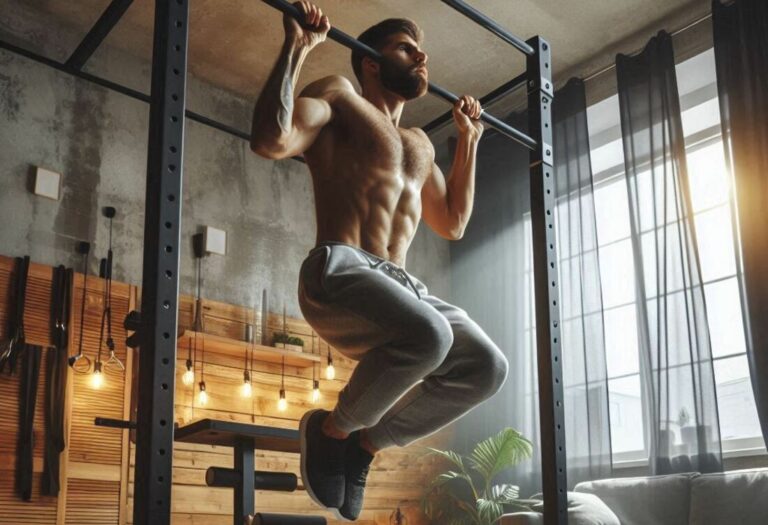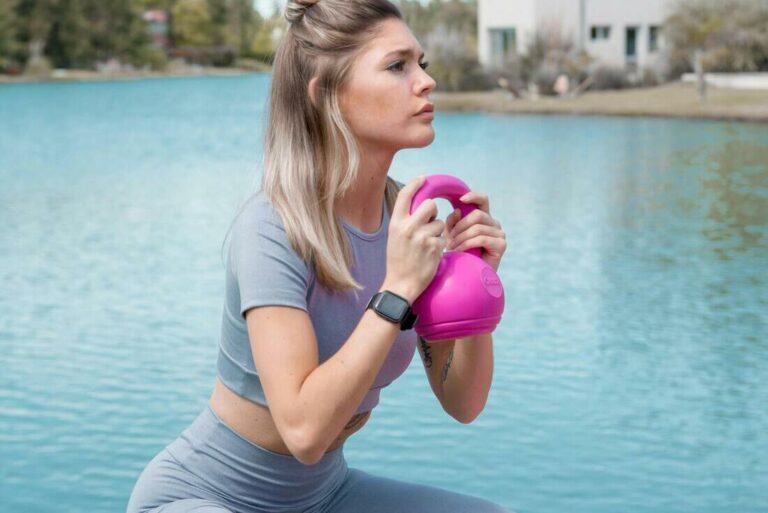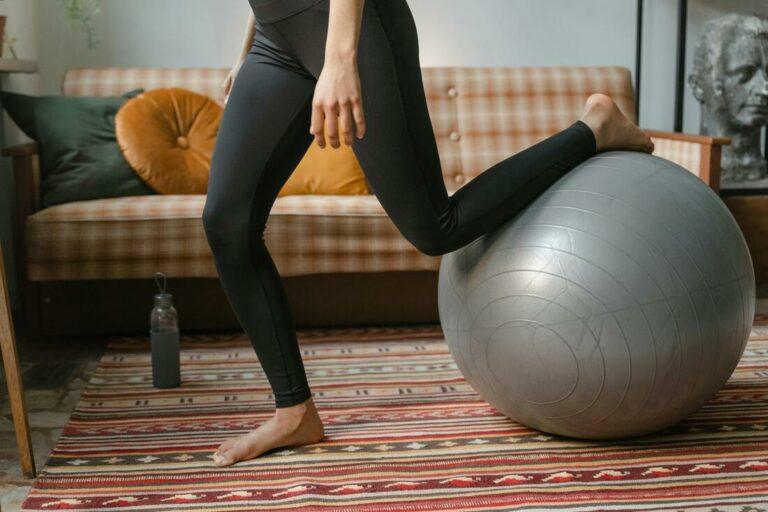Did you know that a significant number of treadmill purchases end in regret due to mismatched expectations and unsuitable features?
Investing in a treadmill can be a substantial commitment, and selecting the wrong machine can hinder your fitness journey rather than propel it forward.
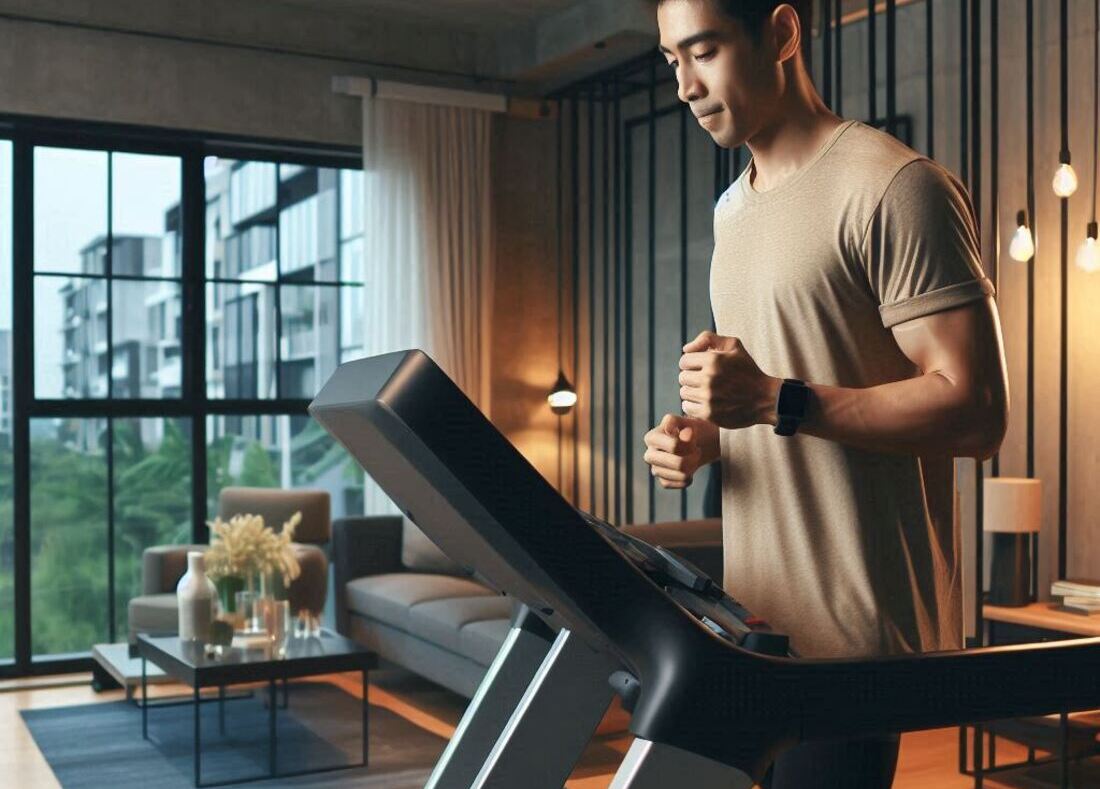
Navigating the vast array of options can be overwhelming, leaving you puzzled about which treadmill truly aligns with your needs.
Let’s demystify the treadmill selection process.
By understanding the different types, key features, and factors to consider, you can confidently choose the perfect running companion to support your fitness goals.
Understanding Treadmill Types
The treadmill market offers a variety of options to cater to different needs and preferences. Let’s explore the primary types:
Motorized Treadmills
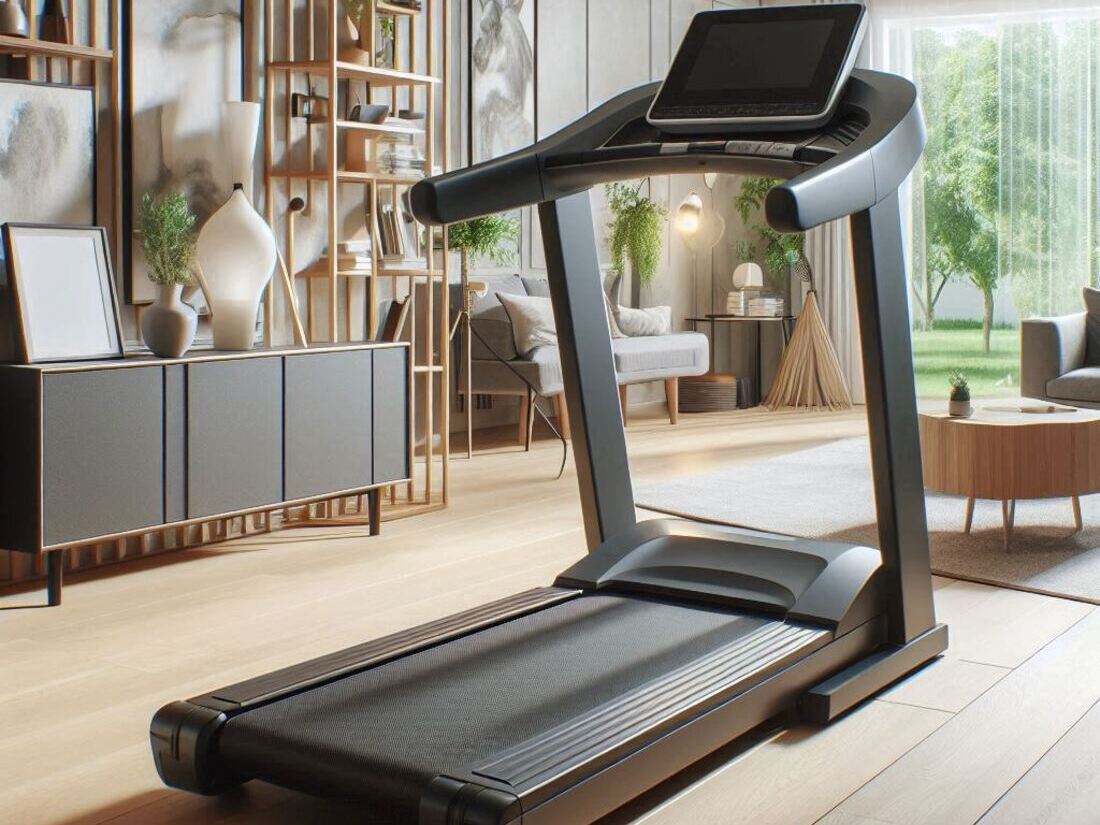
- Pros: Consistent speed, incline, and decline adjustments; often include built-in workout programs and entertainment features.
- Cons: Higher price point, requires electrical outlet.
- Ideal users: Individuals seeking a wide range of features, consistent performance, and a variety of workout options.
Non-Motorized Treadmills
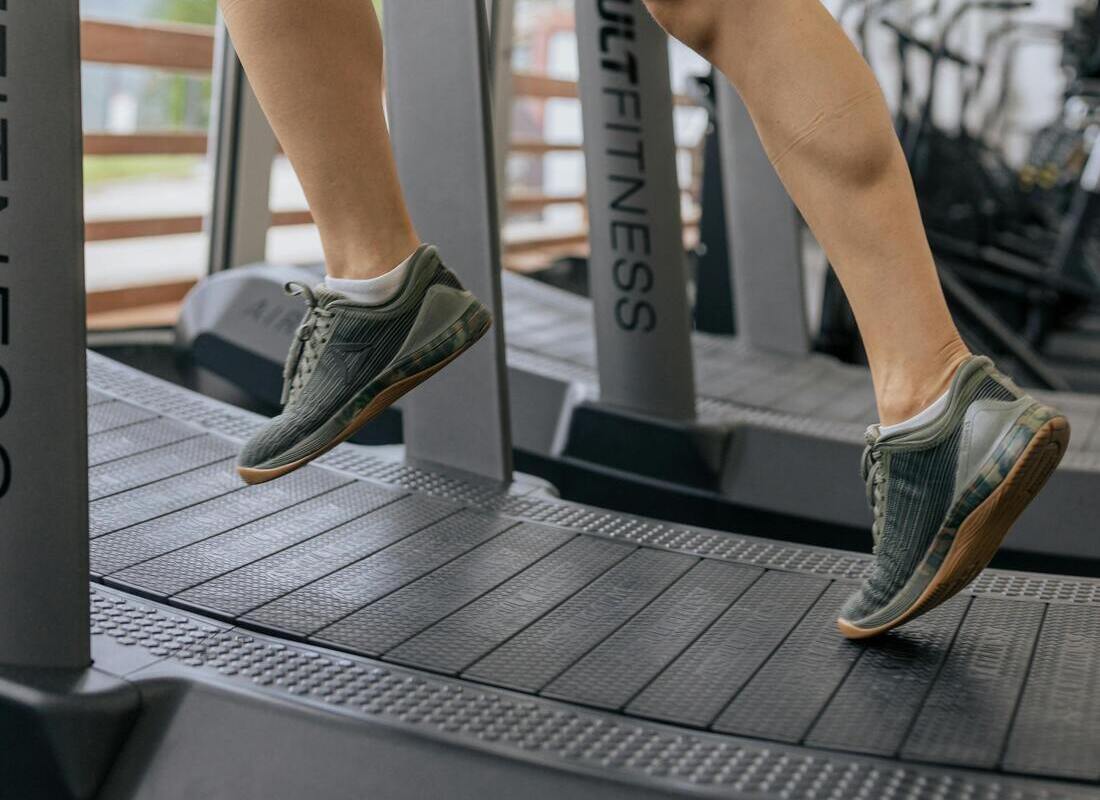
- Pros: Cost-effective, no electricity required, potential for outdoor use.
- Cons: Requires manual effort, no incline or decline adjustments, limited features.
- Ideal users: Budget-conscious individuals, those seeking a low-impact workout, or people who prefer a manual running experience.
Folding Treadmills
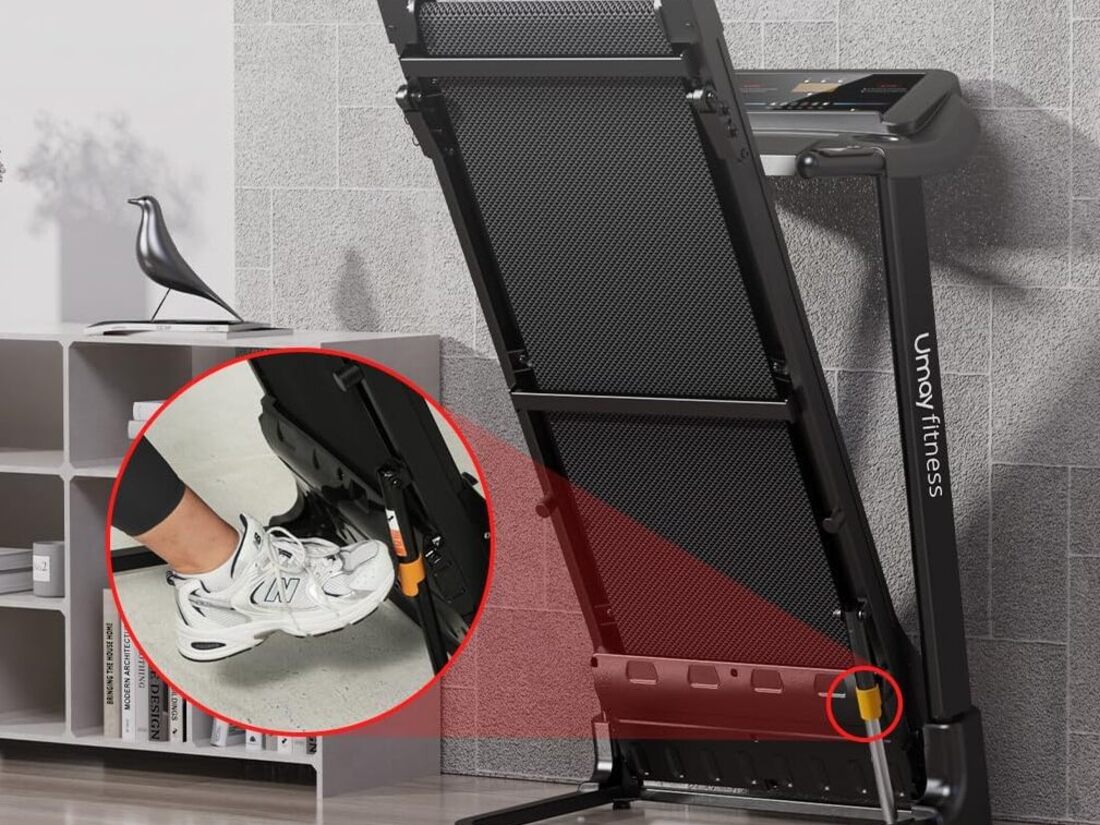
- Pros: Space-saving design, easy to store.
- Cons: May have weight limitations, potentially less stable than full-size models.
- Ideal users: Individuals with limited space, apartment dwellers, or those who prioritize portability.
Commercial-Grade Treadmills
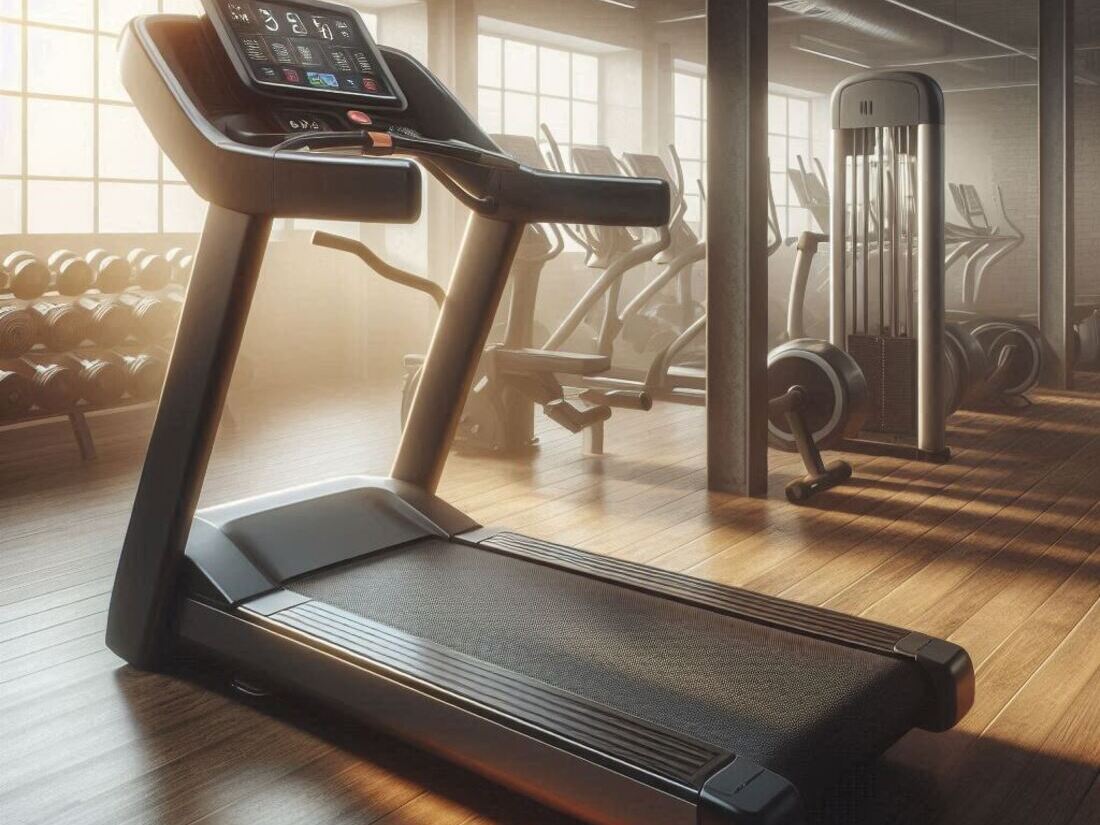
- Pros: Durable construction, heavy-duty motor, advanced features, higher weight capacity.
- Cons: High price point, typically larger and heavier.
- Ideal users: Fitness enthusiasts, gym owners, or individuals seeking a professional-grade running experience.
Comparison Table: Treadmill Features
To visually represent the differences between treadmill types, below is a comparison table:
| Feature | Motorized | Non-Motorized | Folding | Commercial-Grade |
|---|---|---|---|---|
| Motor Power | High | N/A | Medium | High |
| Belt Size | Large | Varies | Medium | Large |
| Cushioning | Good | Low | Medium | Excellent |
| Incline/Decline | Yes | No | Limited | Yes |
| Features | Multiple | Basic | Limited | Advanced |
By understanding the distinct characteristics of each treadmill type, you can make an informed decision based on your specific needs and preferences.
Key Takeaways
- Motorized treadmills offer convenience and features but come at a higher price.
- Non-motorized treadmills are budget-friendly but lack advanced features.
- Folding treadmills prioritize space-saving but might compromise stability.
- Commercial-grade treadmills provide durability and performance but are typically more expensive.
Key Treadmill Features to Consider
When selecting a treadmill, several key features should be carefully evaluated:
Motor Power and Belt Size

- Motor power: Determines the treadmill’s ability to handle different speeds and incline levels.A more powerful motor ensures smoother performance and durability.
- Belt size: The running surface should be spacious enough for comfortable strides. A larger belt accommodates various running styles and paces.

Cushioning and Deck Type
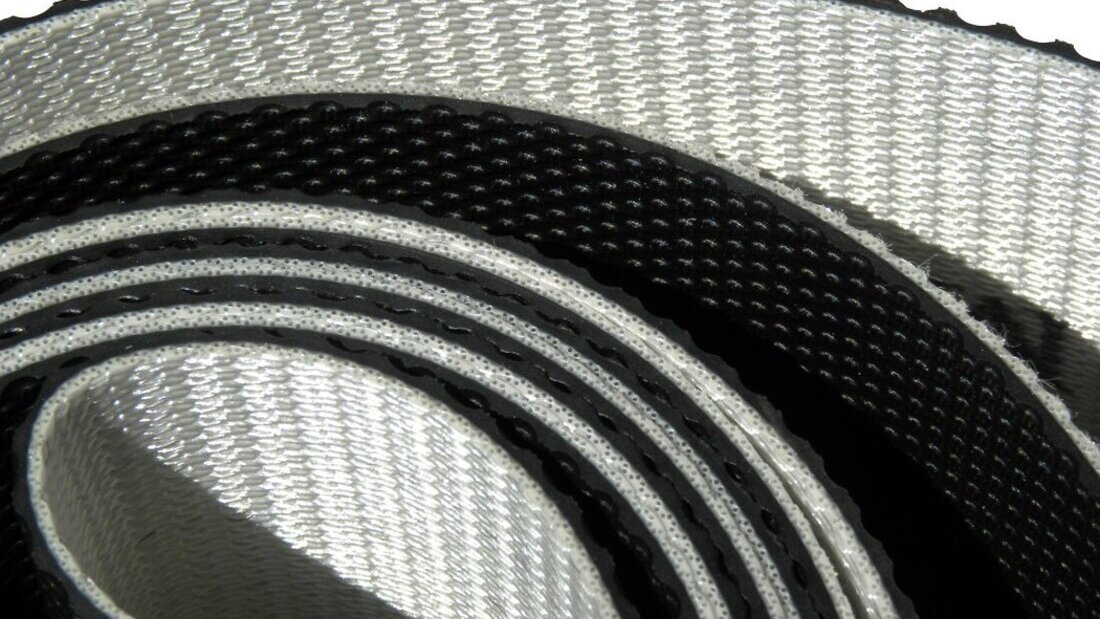
- Cushioning: Reduces impact on joints, especially for runners with joint issues. Look for treadmills with advanced cushioning systems.
- Deck type: The material and construction of the running surface affect durability and running experience.
Incline and Decline Range
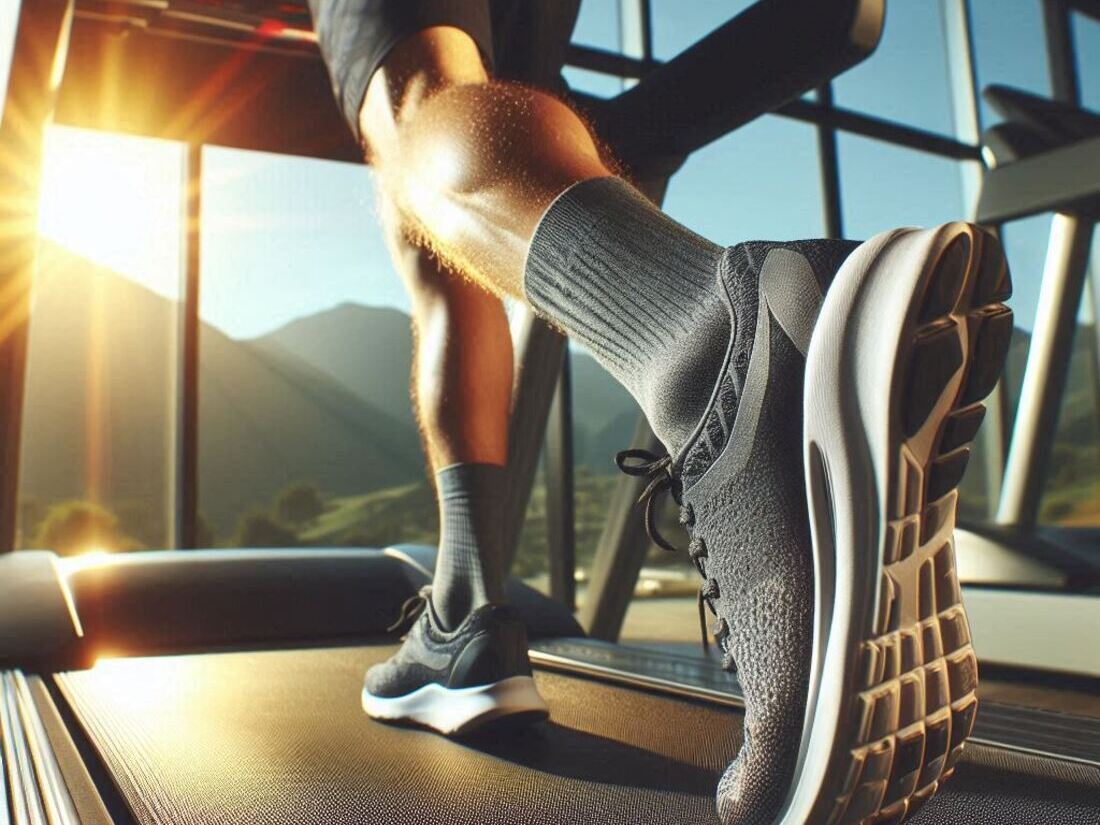
- Incline: Simulates uphill running, enhancing cardiovascular fitness and lower body strength.
- Decline: Offers a different running experience and targets specific muscle groups.
Console and Display Options
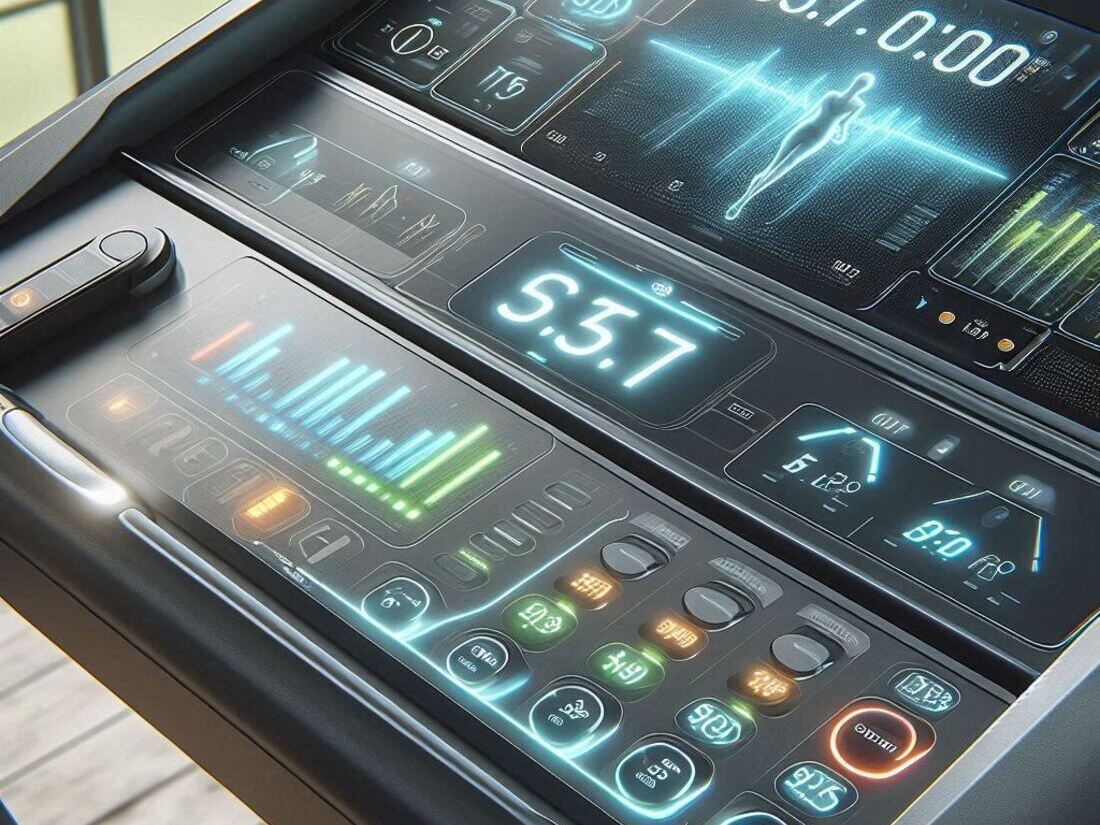
- Display: Clear and easy-to-read display for essential workout metrics (time, speed, distance, calories burned, heart rate).
- Console features: Consider options like built-in speakers, USB ports, and tablet holders for entertainment and convenience.
Built-in Programs and Workout Features
- Pre-set programs: Provides guided workouts for different fitness goals (weight loss, interval training, etc.).
- Heart rate monitoring: Tracks heart rate for optimal workout intensity.
- Connectivity: Integration with fitness apps and devices for data tracking and sharing.
By carefully considering these features, you can select a treadmill that aligns with your fitness goals and preferences.
Key Takeaways
- Motor power and belt size are essential for performance and comfort.
- Cushioning and deck type impact joint impact and running experience.
- Incline and decline options offer versatility in workouts.
- Console features enhance user experience and workout effectiveness.
Choosing the Right Treadmill for Your Running Goals
Selecting the ideal treadmill depends on your fitness level, running goals, and available space. Let’s explore options for different runner profiles:
Treadmills for Beginners
- Focus: Comfortable running experience, basic features, affordability.
- Key features: Cushioned running surface, adjustable speed and incline, clear display.
Treadmills for Intermediate Runners
- Focus: Increased performance, variety of workout options, durability.
- Key features: Powerful motor, incline and decline capabilities, heart rate monitoring, built-in programs.
Treadmills for Advanced Runners
- Focus: High-intensity workouts, speed and incline performance, customization.
- Key features: Commercial-grade construction, high-speed capabilities, advanced cushioning, customizable programs.
Treadmills for Specific Training
- Interval training: Look for treadmills with quick speed and incline adjustments.
- Hill workouts: Prioritize incline range and motor power.
- Long-distance running: Focus on cushioning, belt size, and durability.
By carefully considering your running goals and fitness level, you can select a treadmill that enhances your performance and enjoyment.
Key Takeaways
- Beginners should prioritize comfort and basic features.
- Intermediate runners require a balance of performance and versatility.
- Advanced runners need high-performance features to support intense workouts.
- Specific training goals dictate treadmill features like incline, decline, and speed.
Treadmill Maintenance and Safety
Proper care and safety measures are essential for prolonging the life of your treadmill and preventing injuries:
Regular Cleaning and Maintenance
- Dust and debris removal: Regularly clean the running belt, motor housing, and console.
- Lubrication: Apply lubricant to the running belt as recommended by the manufacturer.
- Tightening bolts and screws: Check for loose components and tighten them securely.
- Belt alignment: Ensure the running belt is properly aligned to prevent uneven wear.
Safety Precautions for Treadmill Use
- Clear the area: Remove objects from around the treadmill to prevent accidents.
- Proper footwear: Wear appropriate running shoes for optimal performance and safety.
- Safety clip: Use the safety clip provided to stop the treadmill in case of emergencies.
- Child safety: Keep children and pets away from the treadmill.
- Emergency stop button: Familiarize yourself with the location and use of the emergency stop button.
By following these guidelines, you can ensure a safe and enjoyable treadmill experience.
Treadmill Workouts and Tips
To maximize your treadmill workouts, incorporate these tips and strategies:
Effective Treadmill Workouts for Different Fitness Levels
- Beginners: Start with walking or slow jogging, gradually increasing duration and speed.
- Intermediate runners: Incorporate interval training, hill workouts, and varied paces.
- Advanced runners: Focus on speed and endurance training, utilizing advanced features like incline and decline.
Tips for Improving Running Form and Preventing Injuries
- Maintain good posture: Keep your back straight, shoulders relaxed, and core engaged.
- Proper foot strike: Experiment with different foot strike patterns to find what works best for you.
- Listen to your body: Pay attention to any pain or discomfort and adjust your workout accordingly.
- Cross-training: Incorporate other forms of exercise to prevent overuse injuries.
Incorporating Treadmill Workouts into a Balanced Fitness Routine
- Strength training: Combine treadmill workouts with strength exercises for overall fitness.
- Cross-training: Alternate treadmill running with other cardio activities like swimming or cycling.
- Rest and recovery: Allow adequate time for muscle repair and recovery.
By following these tips, you can enhance your treadmill workouts and achieve your fitness goals.
FAQs About Treadmills
To address common questions about treadmill purchase and usage, here are some frequently asked questions:
- How much should I spend on a treadmill? Treadmill prices vary widely based on features and quality. Determine your budget and prioritize features that align with your needs.
- How often should I replace the treadmill belt? The lifespan of a treadmill belt depends on usage and maintenance. Generally, belts can last 3-5 years with proper care.
- Can I use a treadmill for weight loss? Yes, treadmills are effective for burning calories and supporting weight loss goals when combined with a balanced diet.
- How do I choose the right incline for treadmill workouts? Start with a gradual incline and gradually increase it as you build endurance.
- Can I walk or run on a treadmill barefoot? It’s generally recommended to wear running shoes for proper support and cushioning.
Testimonials
“I love my treadmill! It’s so convenient to be able to run or walk anytime, regardless of the weather.” – Sarah, 32
“Investing in a good quality treadmill was one of the best decisions I’ve made. It’s helped me stay consistent with my fitness goals.” – David, 45
“I’ve lost weight and improved my overall health thanks to my treadmill. It’s become an essential part of my daily routine.” – Emily, 28
These testimonials highlight the benefits and satisfaction experienced by treadmill owners.
Conclusion
Selecting the right treadmill is crucial for achieving your fitness goals and maximizing your home workout experience.
By carefully considering factors such as treadmill type, features, and personal preferences, you can make an informed decision that supports your running journey.
Don’t let a subpar treadmill hinder your progress.
Invest in a machine that inspires and motivates you to reach your full potential.
Ready to find your perfect running companion?
Explore our comprehensive range of treadmills to discover the ideal machine for your needs.
Visit our website Reliable Home Fitness (Treadmills) to compare models, read expert reviews, and unlock exclusive offers.

